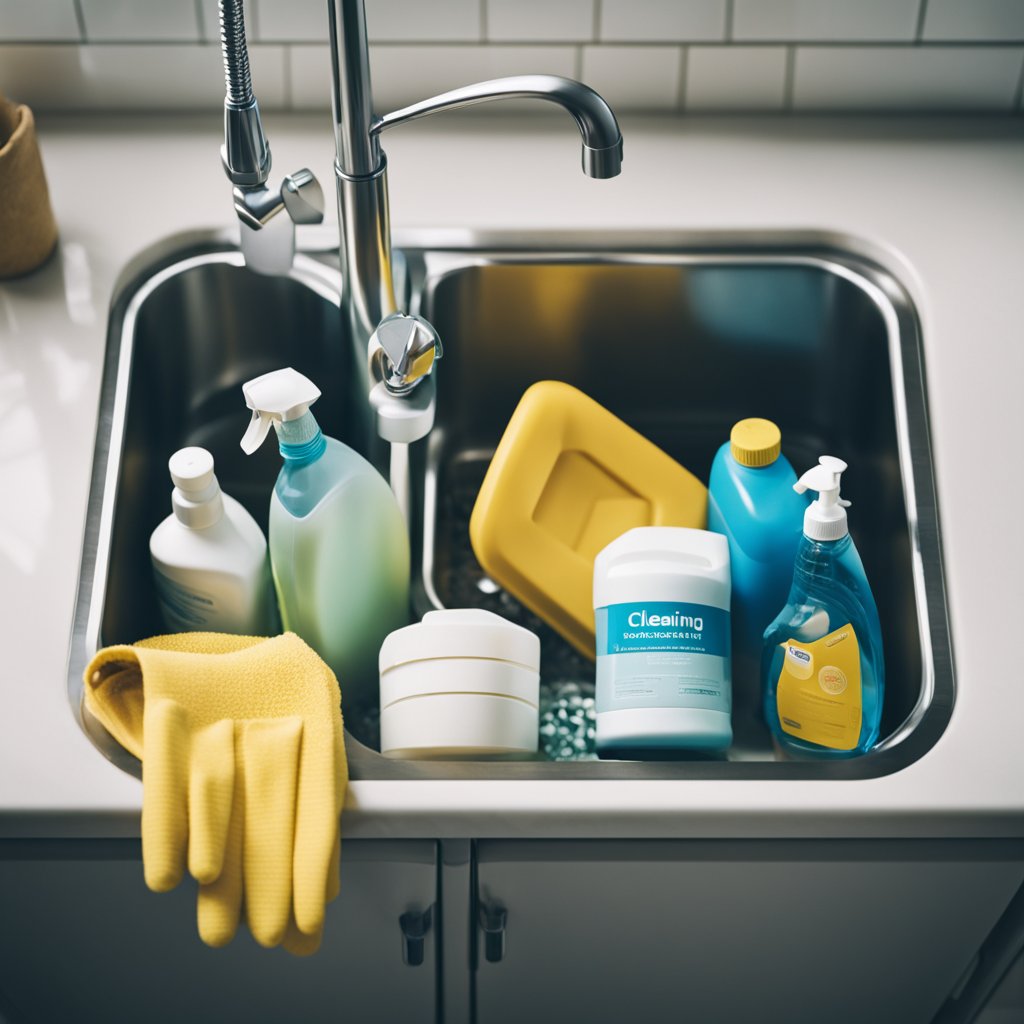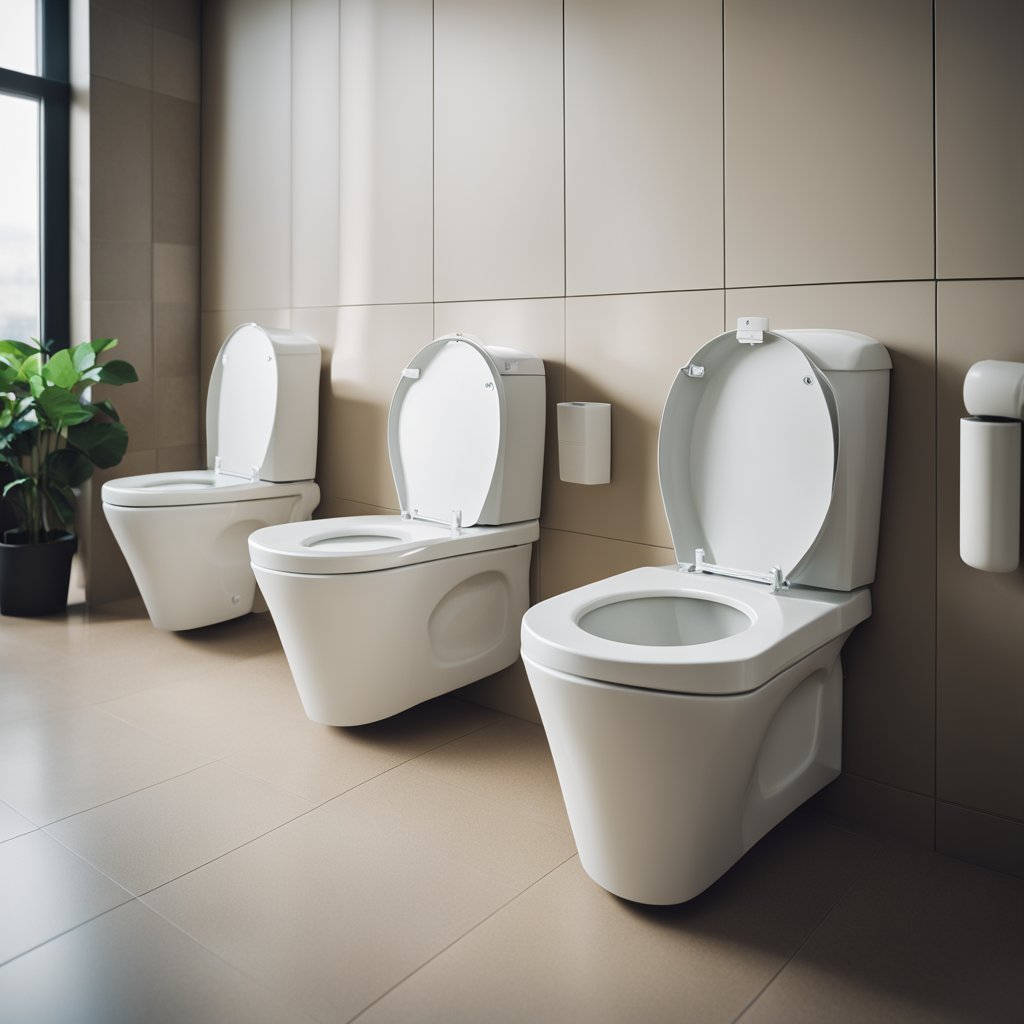20 Hidden Places Where MOLD Might Lurk in Your Home!
Mold’s silent growth can pose health risks and damage your property. While bathrooms and basements are well-known culprits, many unexpected spots in your home could harbor mold.
Here, we uncover 20 lesser-known hideouts, providing insights on detection and eradication!
1. Behind Wallpapers
Wallpapers can trap moisture, leading to hidden mold growth.
How to look for it: Regularly inspect for peeling edges, discoloration, or a musty odor, all of which could hint at mold growth behind the wallpaper.
How to get rid of it: Carefully remove the compromised wallpaper. Treat the wall with a mold-killing solution and ensure thorough drying before reapplying any decoration.

2. Under Carpets and Carpet Pads
Floors are not immune. Dampness can breed mold beneath soft coverings.
How to look for it: Investigate damp spots, carpet discoloration, or a persistent musty smell, which can indicate hidden mold.
How to get rid of it: Lift and air out the carpet. If mold is found, discard the affected padding. Thoroughly clean the carpet with a mold remedy and ensure the area is dry before reinstalling.

3. Inside Air Conditioners
Air conditioning units can inadvertently become mold reservoirs if not maintained.
How to look for it: Monitor for an unusual musty scent when the unit is running, or inspect for visible mold or excessive dirt buildup.
How to get rid of it: Clean or replace filters regularly. For persistent issues, consider a professional cleaning service.
4. Chimneys
Organic residues can accumulate, inviting mold.
How to look for it: Check for dampness, dark soot, or a white powdery substance during routine chimney inspections.
How to get rid of it: Engage a professional chimney cleaner to remove mold and advise on preventive measures.
5. Refrigerator Drip Pans
This overlooked spot can collect food residues and moisture.
How to look for it: Examine drip pans periodically for standing water or mold traces.
How to get rid of it: Empty and scrub drip pans using a mold-fighting solution at regular intervals.

6. Window Seals
Moisture-rich window areas can be a breeding ground for mold.
How to look for it: Watch for consistent condensation, peeling paint, or mold spots on or around window seals.
How to get rid of it: Clean affected areas with a specialized solution and ensure good ventilation to limit condensation.
7. Behind Drywall
Unseen leaks or moisture can lead to mold colonies behind walls.
How to look for it: A musty scent or unexplained wall discoloration can be telltale signs.
How to get rid of it: This might require professional help. The compromised drywall section often needs removal, mold treatment, and replacement.

8. Above Ceiling Tiles
Moisture-laden basements or roof leaks can affect ceiling tiles.
How to look for it: Discolored tiles or unusual odors should raise suspicions.
How to get rid of it: Replace any moldy tiles and ensure the underlying moisture issue is resolved.
9. Inside Electrical Outlets
Surprisingly, mold can thrive here if moisture conditions are right.
How to look for it: A faint musty odor or discoloration around the outlet cover can be clues.
How to get rid of it: Ensure power is off, then cautiously remove the outlet cover. Clean using mold-resistant wipes.
10. Under Kitchen and Bathroom Sinks
Leaky pipes can make under-sink cabinets mold hotspots.
How to look for it: Regular checks can reveal dampness, stains, or moldy smells.
How to get rid of it: Dry out the affected area and apply a mold-fighting cleanser. Address the root cause of moisture.

11. Inside the Washing Machine’s Detergent Drawer
Residual moisture and detergent can harbor mold.
How to look for it: A moldy odor or visible mold traces in the drawer are clear signs.
How to get rid of it: Detach and clean the drawer frequently using an anti-mold solution, and allow it to dry completely before reinstalling.
12. Behind Toilet Tanks
Bathrooms, being moisture-rich, can see mold even behind toilets.
How to look for it: Discoloration or wet patches on the wall behind the tank are indicators.
How to get rid of it: Ensure the wall dries out, clean any mold, and resolve any toilet leaks causing the moisture.

13. Attic Sheathing and Insulation
Attics, often neglected, can trap moisture leading to mold.
How to look for it: Periodic inspections can reveal dampness, insulation discoloration, or visible mold growth.
How to get rid of it: Replace compromised insulation and ensure the attic has sufficient ventilation. Address any roof leaks immediately.
14. In Stored Cardboard Boxes
Cardboard absorbs moisture, making stored boxes susceptible to mold.
How to look for it: Boxes appearing damp, discolored, or emanating a musty odor are concerning.
How to get rid of it: Dispose of affected boxes. For long-term storage, consider using plastic bins and avoid damp areas like basements.

15. Inside and Behind Closets
Poor ventilation combined with moisture can lead to mold growth in closets.
How to look for it: Monitor closet walls and floors for discoloration or moldy smells, especially if the closet shares a wall with a bathroom.
How to get rid of it: Ensure walls and floors are cleaned and thoroughly dried. Enhance air circulation by occasionally keeping the closet door open.
16. Ductwork and Vents
Air ducts can accumulate dust and moisture, creating an environment for mold.
How to look for it: If there’s restricted airflow or a musty smell when the HVAC system operates, it’s worth inspecting.
How to get rid of it: It’s best to hire professionals for a comprehensive duct cleaning. Ensure to fix any leaks in the system.
17. Inside the Toothbrush Holder
This everyday item can accumulate water and organic material, fostering mold.
How to look for it: Inspect the base and inner compartments for visible mold or a sour smell.
How to get rid of it: Clean the holder regularly with an anti-mold solution and ensure it dries fully before replacing toothbrushes.
18. Sink Spouts and Aerators
Persistent moisture makes these fixtures potential mold spots.
How to look for it: A reduced water flow or moldy patches around the spout should raise suspicions.
How to get rid of it: Disassemble and soak the aerator in a cleaning solution. Scrub and disinfect the spout area regularly.

19. Underneath Appliances
Appliances can trap moisture underneath, especially if there are unnoticed leaks.
How to look for it: Periodically shift appliances like refrigerators, washers, or ovens and inspect for moisture or mold spots.
How to get rid of it: Thoroughly clean and dry the affected spot. Address any leaks or moisture sources immediately.
20. Inside Garbage Cans
Organic waste and moisture can make trash bins mold havens.
How to look for it: Regularly inspect the base and inside of lids for mold growth.
How to get rid of it: Cleanse and disinfect garbage cans often, ensuring they dry fully before reuse.
Let Us Know How We’re Doing!
Did this expertly prepared resource answer your question?
Do you have another question about home maintenance, home improvement projects, home appliance repair, or something else?
Get more information, send in questions and keep the discussion going by contacting the I’ll Just Fix It Myself company customer service team at at 1-800-928-1490 or Email us at [email protected]
